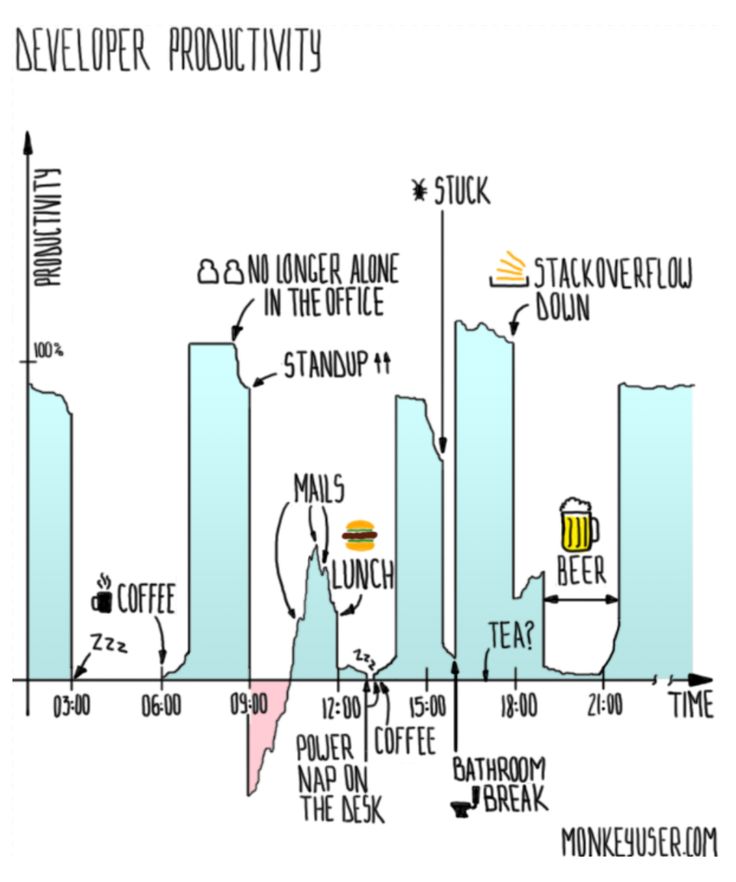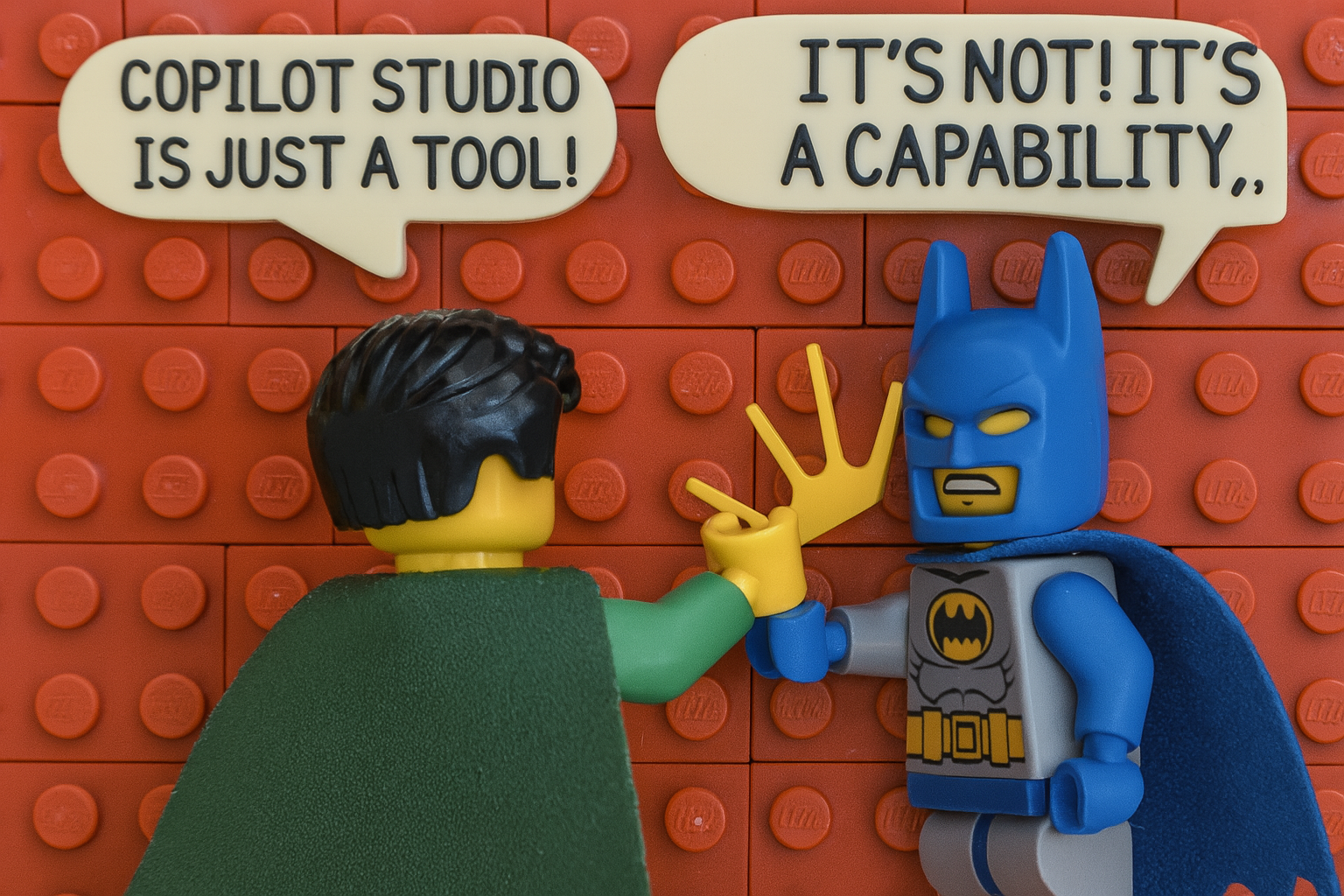The productivity graph is broken and we’re pretending it’s fine
You know that neat little curve in project planning tools that suggests you’ll produce value at a steady pace from Monday to Friday? It’s a lie. Not a malicious lie. Just a completely detached-from-reality one.
The myth of the 8-hour brain
Most jobs still pretend that productivity is something that can be sliced neatly into eight equal hours a day. But if you’ve ever done any kind of deep, focused, creative, or strategic work, you already know: it doesn’t work like that.
“Sometimes I work 40 hours in one day. Sometimes I need a week to find 4.”
That quote wasn’t meant to be profound. I just said it out loud once, and people nodded like I’d confessed something they weren’t allowed to say themselves.
the 1–4–40 reality
Here’s what it actually looks like for a lot of us:
- On some days, you get 1 hour of real output, and spend the rest trapped in inboxes, meetings, or brain fog
- Some days, you hit a rhythm and produce 4 hours of high-value work.
- Once in a blue moon, you get 40 hours of clarity in a single caffeine-fueled sprint and wonder if you’ve unlocked a new dimension
The problem isn’t the variation. The problem is pretending the variation doesn’t exist, and building performance expectations around a model that’s never been true.
It’s not about discipline
It’s easy to assume this inconsistency means you’re undisciplined. That you need better routines. A stricter schedule. A fancier Pomodoro timer. But what if it’s not about discipline? What if knowledge work is simply unpredictable, because focus, creativity, and problem-solving are not linear resources? You don’t summon insight on command. You don’t plan your most productive hour, it sneaks up on you at 6:43 a.m. in the shower or at 9:19 p.m. when you should be unwinding.
I found this cartoon a little too relatable :-)

The Cal Newport effect
One of the best comments I got on this topic was about Deep Work by Cal Newport: “Real productivity doesn’t mean being busy all day. It means doing focused, meaningful work without distractions.” Exactly 🫳🎤⬇️. And how many hours of that do we realistically get in a typical day? Two, maybe three—if we’re lucky, rested, and no one scheduled a team sync at 9:00 a.m.
So how should we think about productivity?
Start with this: value ≠ hours. Your job isn’t to fill time. It’s to deliver outcomes, solve problems, make good decisions, and occasionally do something brilliant. And most of that happens in peaks, not in steady state. So instead of fighting the 1–4–40 reality, try designing around it:
- Guard your deep work hours like gold - I for example have a maximum of 2 hours of meetings per day - rest is real work
- Not every hour will be productive, and that’s okay. There is this thing of productive procrastination where you subconsciously go through all the steps that you aren’t ready for, yet. And when the time comes, you processed it so thoroughly, that you exactly know what to do. And then you spread your wings and fly.
- Measure by impact, clarity, and progress, your clock is not a good way to measure productivity.
Let’s stop pretending
The graph is broken. Our brains don’t work on conveyor belts. And yet, we keep designing work environments, performance metrics, and schedules as if they do.You’re not lazy. You’re not broken. You’re just working in a system that wasn’t built for how people actually think. Maybe it’s time to fix the graph instead of forcing ourselves to fit it.
You May Also Like
Stuck in pilot - Part 0: The comfort of the sandbox
AI pilots promise innovation, but often become long-running placeholders for transformation that never happens. In Part 1 of this blog series, we look at why organizations cling to pilots that go …
Copilot Studio: Part 5 - From tool to capability – making Copilot Studio strategic
One bot per department isn’t a strategy but a governance problem waiting to happen. This final post shifts the focus from use cases to organizational capability. It unpacks why Copilot Studio isn’t …
Copilot Studio: Part 4 - Agents that outlive their creators – governance, risk, and the long tail of AI
The biggest AI risk isn’t what you build, but what you forget you’ve built. This post dives into what happens when Copilot Studio agents outlive their creators: orphaned logic, decaying intent, silent …





